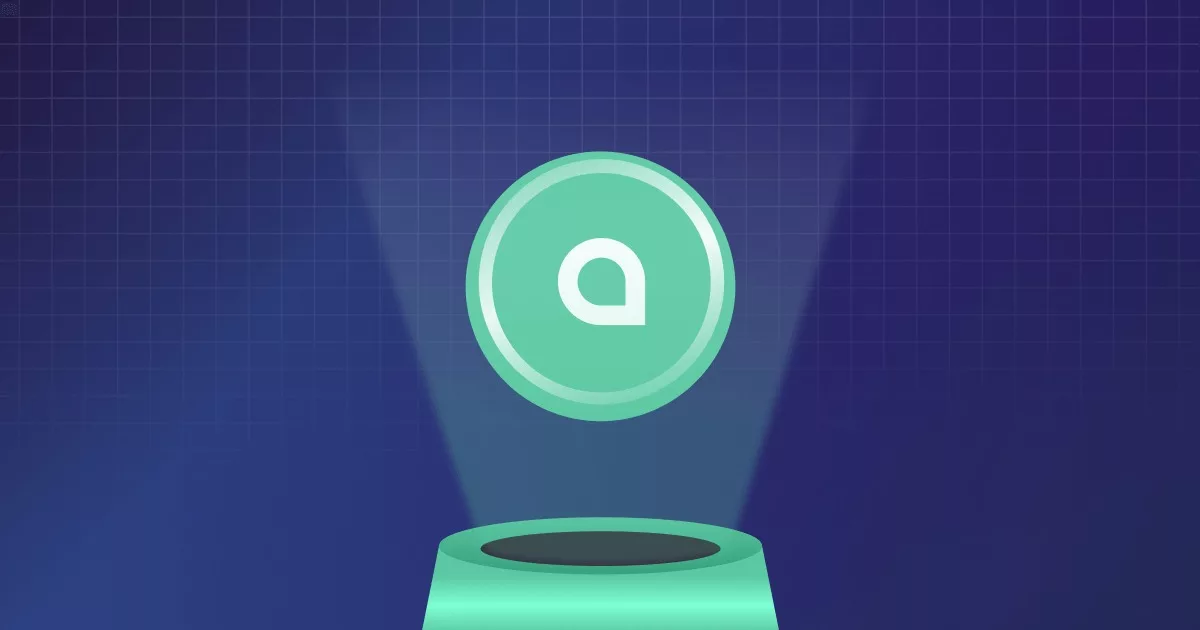
If you have closely monitored the cryptocurrency market, you may have heard of Siacoin (SC).
Siacoin is the native token of Sia, a decentralized blockchain-based cloud storage platform that aims to revolutionize how we store and share data.
With the increasing demand for data storage solutions and the rise of cloud computing, Siacoin is gaining traction among end users.
In this article, we will explore what Siacoin is, how it works, and why it has the potential to become a game-changer in the world of cloud storage.
What is Siacoin?
Siacoin (SC) is the native token of the Sia network.
Sia is a blockchain-based decentralized cloud storage platform. It aims to disrupt traditional cloud storage providers by offering a decentralized, secure, and cost-effective solution. It provides a unique approach to cloud storage, leveraging blockchain technology to create a decentralized marketplace for data storage, with data distributed across multiple nodes for enhanced security and reliability.
Users can rent out their spare storage space on the Sia network and earn SCs as compensation. On the other hand, renters can use SCs to pay for storage services.
SC operates on its own blockchain and utilizes smart contracts to establish agreements between users and hosts on the network.
History of Siacoin
Siacoin (SC) was created by David Vorick and Luke Champine, who founded Nebulous Inc., the company behind the Sia network.
The idea originated from the founders’ vision of creating a decentralized and secure cloud storage network that would disrupt the traditional centralized cloud storage providers.
The project was first announced in May 2014, and the mainnet was launched in June 2015.
In 2018, the value of SC rose sharply, reaching an all-time high of around $0.1 USD. However, the price soon plummeted, and SC lost a significant amount of its value.
Despite these setbacks, SC has continued to gain traction in the crypto community.
As of 2023, SC continues to be actively traded on various cryptocurrency exchanges. Nebulous Inc. continues to work towards advancing the project’s goals of creating a decentralized and secure cloud storage ecosystem powered by SC.
Working Mechanism
Siacoin enables users to rent and lease storage space in a decentralized manner.
Users can rent out their unused storage space on the Sia network and earn SCs as compensation. This creates a marketplace where storage providers (hosts) and data renters (clients) interact directly without intermediaries.
Below are the building blocks of the Sia network,
1. Smart Contracts
SC utilizes smart contracts, which are self-executing agreements, to establish contracts between hosts and clients. These contracts define the terms, pricing, and duration of storage agreements and are stored on the Sia blockchain.
Smart contracts ensure transparency, security, and reliability in storage agreements.
2. Encryption
In the Sia network, data is split into smaller pieces, encrypted, and distributed across multiple hosts on the network. This provides redundancy and protects against data loss or downtime.
3. Proof of Work (PoW) Algorithm
Sia uses a Proof of Work (PoW) consensus algorithm, similar to Bitcoin, to secure the network. Miners perform PoW computations to validate transactions and add blocks to the blockchain. As a result, SC transactions and storage contracts are secured and verified by the network.
4. Siacoin Currency
SC, the native cryptocurrency of the Sia network, is used as a medium of exchange for storage services. Renters pay hosts in SCs for storing their data, and hosts earn SCs as compensation for providing storage space. SC incentivizes participation in the Sia network and facilitates transactions within the ecosystem.
Key Features
1. Open Source
Sia is an open-source project, meaning the source code is freely available for anyone to view, modify, and contribute.
This promotes transparency, community involvement, and innovation within the Sia ecosystem.
2. Decentralized
SC enables users to rent and lease storage space in a decentralized manner without relying on a central authority or intermediary.
This eliminates the need for traditional cloud storage providers and creates a peer-to-peer marketplace where users can directly transact with each other.
3. Cost-effective
Sia aims to provide a cost-effective solution for cloud storage.
Users can rent out their unused storage space and earn Siacoins as compensation, while data renters can pay hosts in Siacoins for storing their data. This eliminates the need for expensive data centers and reduces the cost of cloud storage compared to traditional providers.
Limitations
1. Adoption
Although Sia has been in development for several years, it still has a relatively small user base compared to established cloud storage providers.
Adopting the Sia network may take time and may not be as widely used or recognized as traditional cloud storage options.
2. Network Reliability
Sia relies on a decentralized network of storage hosts, and the reliability and speed of the network can vary depending on the performance of individual hosts.
Data retrieval speed may not be as fast as traditional cloud storage providers, with data centers optimized for speed and performance.
3. Competition
Sia faces competition from other decentralized storage projects and traditional cloud storage providers. Several other blockchain-based projects in the market aim to provide similar decentralized cloud storage services.
Use Cases
1. Decentralized Cloud Storage
Sia aims to provide a decentralized cloud storage solution where users can securely store their data on a distributed network of storage hosts.
This can be particularly useful for users concerned about data privacy, security, and control, as the network uses advanced encryption and smart contracts to ensure data integrity and reliability.
2. Data Backup and Disaster Recovery
Sia can be used as a backup and disaster recovery solution.
Users can store critical data securely on the Sia network to protect against data loss due to hardware failures, natural disasters, or other unforeseen events. The distributed nature of the network can provide redundancy and resilience to ensure data availability even in the face of hardware failures.
3. Content Distribution
Sia can be used for content distribution. For example, large media files can be stored on the network and distributed across multiple storage hosts, reducing reliance on a single central server.
Conclusion
Siacoin represents an innovative and decentralized solution to the problems of traditional cloud storage.
By harnessing the power of blockchain technology, Siacoin offers a secure, efficient, and cost-effective way to store data.
As more individuals and businesses adopt this technology, we can expect Siacoin to continue to grow and evolve, paving the way for a more decentralized and democratized digital economy.





